Major Categories Of Lathe
- WoodWorking Lathes
- MetalWorking lathes
- Watchmaker’s lathes
- Ornamental Turning Lathes
Types Of Lathe Machines are :
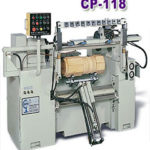 1. Woodworking lathes
1. Woodworking lathes
Woodworking lathes are the oldest variety. All other varieties are descended from these simple lathes. An adjustable horizontal metal rail – the tool rest – between the material and the operator accommodates the positioning of shaping tools, which are usually hand-held. With wood, it is common practice to press and slide sandpaper against the still-spinning object after shaping to smooth the surface made with the metal shaping tools.
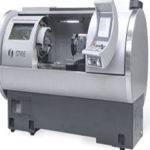 2. Metalworking lathes
2. Metalworking lathes
In a metalworking lathe, metal is removed from the workpiece using a hardened cutting tool, which is usually fixed to a solid moveable mounting, either a tool-post or a turret, which is then moved against the workpiece using handwheels and/or computer controlled motors. These (cutting) tools come in a wide range of sizes and shapes depending upon their application. Some common styles are diamond, round, square and triangular.
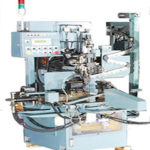 3. Glass-working lathes
3. Glass-working lathes
Glass-working lathes are similar in design to other lathes, but differ markedly in how the work-piece is modified. Glass-working lathes slowly rotate a hollow glass vessel over a fixed or variable temperature flame. The source of the flame may be either hand-held, or mounted to a banjo/cross slide that can be moved along the lathe bed. The flame serves to soften the glass being worked, so that the glass in a specific area of the work-piece becomes ductile, and subject to forming either by inflation (“glassblowing”), or by deformation with a heat resistant tool.
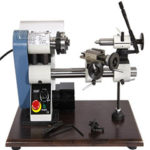 4. Watchmaker’s lathes
4. Watchmaker’s lathes
Watchmakers lathes are delicate but precise metalworking lathes, usually without provision for screw cutting, and are still used by horologists for work such as the turning of balance shafts. A handheld tool called a graver is often used in preference to a slide mounted tool. The original watchmaker’s turns was a simple dead-centre lathe with a moveable rest and two loose head-stocks. The work-piece would be rotated by a bow, typically of horsehair, wrapped around it.
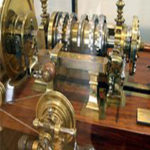
5. Ornamental turning lathes
The ornamental turning lathe was developed around the same time as the industrial screw-cutting lathe in the nineteenth century. It was used not for making practical objects, but for decorative work – ornamental turning. By using accessories such as the horizontal and vertical cutting frames, eccentric chuck and elliptical chuck, solids of extraordinary complexity may be produced by various generative procedures.




